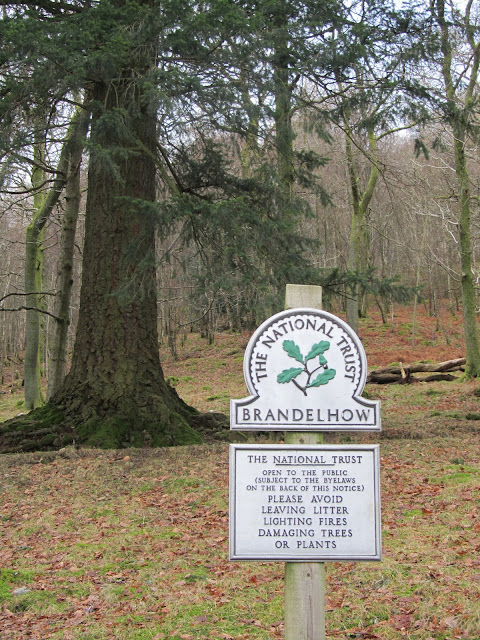The National Trust is a UK charity which is totally independent of government, relying on membership, donations, legacies and commercial activities to generate its income. The purpose of the organisation is to protect and show historic houses, gardens and monuments. In addition to this, they also buy and maintain areas of natural beauty; moorland, forests, fens, coastline, marshes and archaeological sites. The aim is to protect and preserve the historic and natural beauty of our island, for all to enjoy.
Brandlehow, 108 acres of woodland and pastureland at the foot of Catbells, on the east shore of Derwentwater, was the first purchase of the National Trust in 1902. The woods were opened to the public on 16th October, by HRH Princess Louise, daughter of Queen Victoria. As part of the opening ceremony, four oak trees were planted., one by the Princess and the other three by Miss Octavia Hill, Sir Robert Hunter and Canon H D Rawnsley of Crossthwaite, all of whom were instrumental in the founding of the Trust.
The Trust itself was founded just six years earlier in 1896 after some vigorous campaigning. Their first lifelong member was the father of Beatrix Potter, writer of the famous tales about Jemima Puddle Duck, Peter Rabbit and friends.
In 2002 the National Trust celebrated its 100 year anniversary and these carvings were placed at Brandlehow to mark the occasion.
Since its foundation, the National Trust has grown somewhat and now owns or leases around one quarter of The Lake District National Park, ensuring its preservation for generations to come.



















































